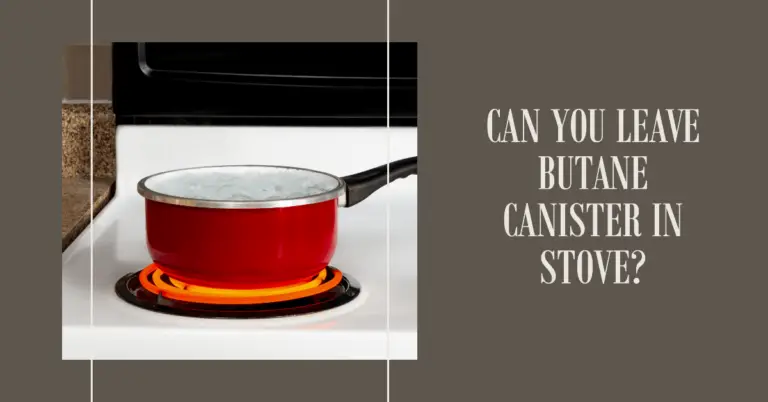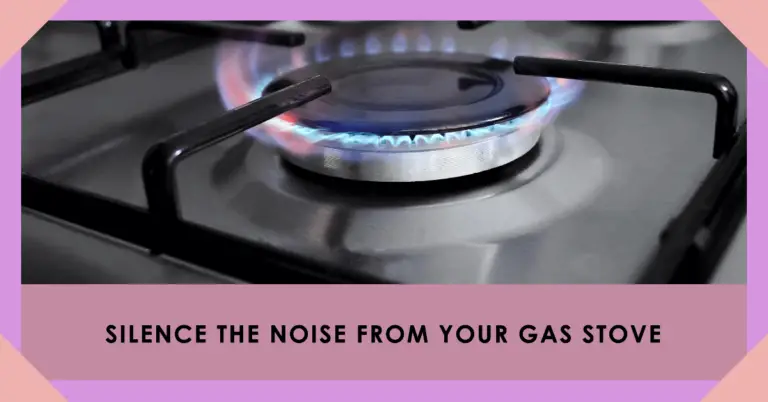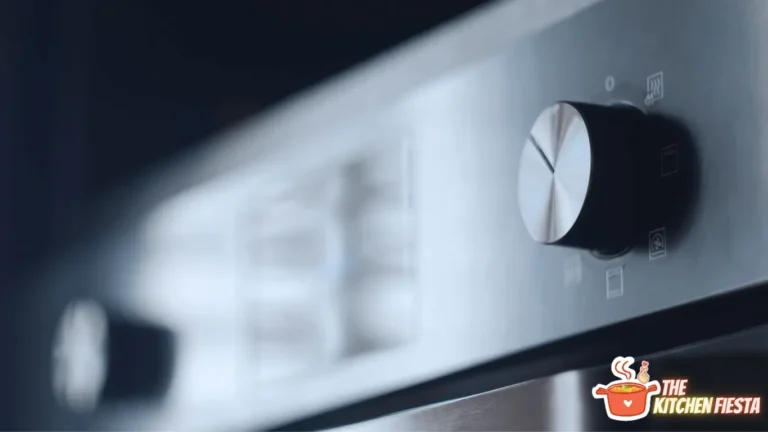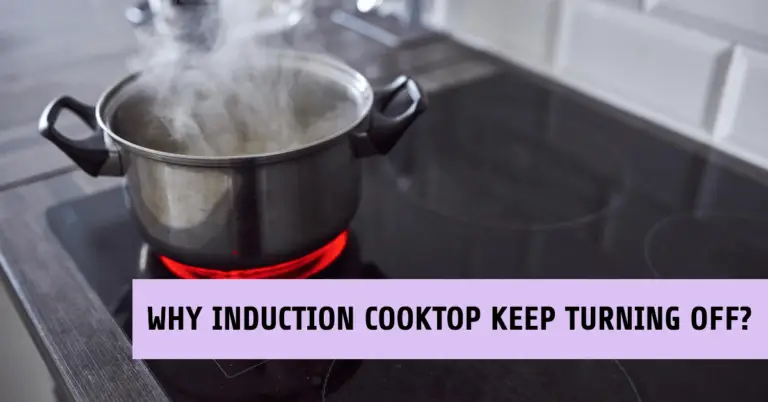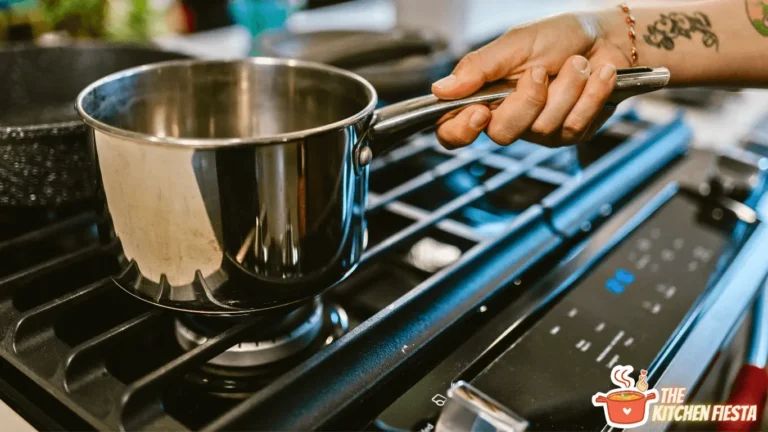Gas Stove Leaking Gas from Burner? How to Diagnose and Fix
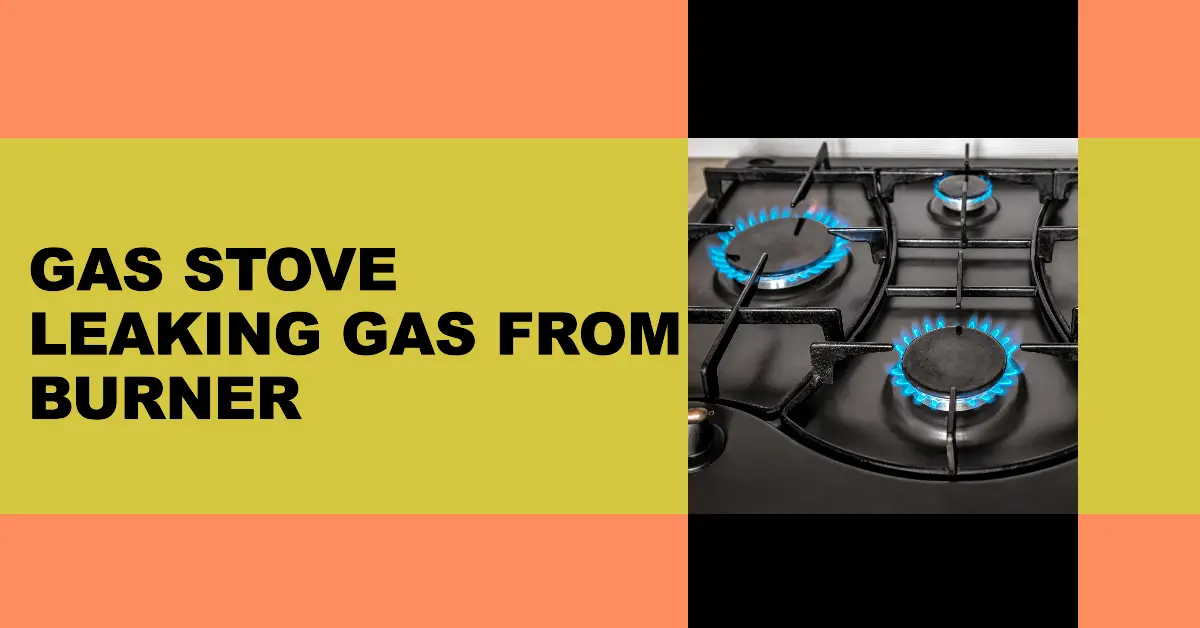
Have you ever caught a whiff of gas while cooking dinner? That distinctive, unpleasant sulfur-like odor is designed to alert us to a gas leak. While small leaks may seem harmless, a gas leak indicates a serious issue that requires immediate attention. Undetected gas leaks can lead to dangerous fires, explosions, carbon monoxide poisoning, and other safety risks.
So what should you do if you suspect your gas stove has a leak? How can you identify the source and stop the leaking gas? This article will cover everything you need to know about gas stove leaks, including:
- Common signs of a gas leak
- How to check for leaks from your stove
- What to do if you find a leak
- Identifying the source of the leak
- Preventing future gas leaks
- When to call a professional
Do You Have a Gas Leak Coming From Your Stove?
First things first – how do you know if your gas stove is actually leaking gas? There are a few key signs to watch out for:
Do you smell gas, especially near your stove? That distinct sulfur or “rotten egg” odor is added to natural gas to make leaks detectable. If you notice the smell of gas, do not ignore it!
Do you hear an unusual hissing or whistling sound? Escaping gas can create audible sounds as pressure is released. Listen closely around your stove and gas lines.
Are your pilot lights repeatedly going out? This could mean gas is escaping before the flame can ignite. Watch for pilot lights that will not stay lit.
Is there heavy soot build-up on your pots and pans? Poorly burning gas can leave behind carbon residue. Excess soot may indicate a gas leak.
Do your stove flames burn mostly orange? Properly adjusted gas flames should burn clean, clear and blue. Orange, sputtering flames signal incomplete combustion.
Trust your nose – that distinctive rotten egg smell means there is likely a gas leak present. If you ever detect it near your stove, take action immediately. Do not brush it off or try to air out the smell.
Checking for a Gas Leak From Your Stove
If you suspect a leak, it is crucial to thoroughly check for a gas leak. Here are some steps to detect leaks:
- Sniff around your stove and use your nose. Move slowly and sniff near burners, oven, and the entire gas line. Leaking gas can sometimes gather in corners instead of dispersing.
- Do a leak check with soapy water. Mix up some soapy water and brush it onto joints, connections, valves and tubing. Bubbles will form at any sites where gas is escaping.
- Inspect for visible damage. Look for any signs of wear, cracks, missing or loose parts, corrosion, melted areas or other deterioration. Leaks often occur at damaged spots.
- Listen for hissing sounds. Turn your burners or pilot lights on and off while listening closely for any audible leaking gas. Escaping gas under pressure makes noise.
- Watch the pilot lights. Pilots that repeatedly go out or are difficult to ignite may indicate a leak. Check the pilot light ignition and flame strength.
- Consider all potential sources. Inspect the burners, oven, valves, pipes, and connectors. The leak could be in the stove itself or coming from your household gas lines.
A thorough leak check involves using all your senses to detect escaping natural gas. Trust your nose if you ever smell that rotten egg odor – it means gas is in the air. Immediately act to identify where it’s coming from.
What To Do if You Find a Gas Leak?
Detecting the smell or signs of a gas leak from your stove requires urgent action. Here are the steps to take if you confirm a leak:
Evacuate the area immediately. Get everyone out of the house and leave the doors open. The leaking gas can saturate indoor air and create an explosion risk.
Avoid any flames or electrical devices. Do not light cigarettes, turn lights on or off, or use phones, garage door openers or anything that could spark ignition.
Shut off the gas supply. If you know how and can reach the shut-off valve safely, turn off the main gas or the valve on the gas line to your stove.
Open windows and doors. Allow fresh air to ventilate the house and disperse any built-up gas. This will help reduce explosion danger.
Call the gas company. Alert your utility provider or emergency services so they can dispatch qualified technicians to inspect and resolve the leak.
Don’t re-enter the home until cleared. Wait for the experts to contain the leak, ensure the air is clear, and confirm it is safe before going back inside. Rushing back in risks sparking an explosion.
Acting quickly and cautiously can help prevent catastrophic accidents related to leaking gas. Make safety the top concern if you ever detect a gas leak in your kitchen.
Pinpointing the Source of the Gas Leak
Once you have evacuated and called for assistance, the next step is to identify exactly where the gas is escaping from. Here are tips for tracking down the leak source:
- Methodically check each spot where gas flows in your kitchen. Focus on the stove, valves, burners, pipes, and connections.
- Listen and sniff carefully around joints and tubing since leaks often occur at connection points. Watch for bubbles with soap solution.
- Review the flame appearance and performance for clues. Blue flames mean full combustion while orange/yellow signal incomplete burn.
- Check for damage like cracks or missing parts. Run your hands along pipes and tubes to feel for gaps or corrosion.
- Turn valves and knobs on and off to release pressure. Listen for hissing sounds indicating escaping gas.
- If leaks are intermittent, try to replicate the conditions that trigger it like turning on a burner.
- An appliance technician can use specialized tools like gas detectors to pinpoint tiny leaks.
Don’t stop until you locate exactly where the gas is escaping from. Whether it is the stove itself, a damaged supply line, or loose fitting, finding the source is essential to stopping the leak.
Preventing Future Gas Leaks From Your Stove
Once the immediate gas leak is resolved, take steps to prevent new ones from occurring:
- Have professionals adjust, repair or replace any leaky valves, fittings, lines and stove parts. Consider replacing old brass connectors with new stainless steel.
- Keep burners and pilot lights clean of food, grease and debris which can impede proper ignition. Clogged parts can allow gas to escape unburned.
- Check your stove pipes and connections periodically with soap solution to detect any new leaks early. Watch for leaks when first turning your stove on for the season.
- Make sure all piping and tubing is properly supported. Sagging lines put stress on fittings and make leaks more likely.
- Always turn knobs firmly off when not cooking to avoid accidental releases of gas. Develop the habit of checking they are closed.
- Ensure proper ventilation so gas can fully combust rather than accumulating unburned. Stoves require air flow to operate safely.
- Consider installing gas leak detectors for an extra layer of safety. They sound an alarm if they sense escaping gas.
Proper maintenance, repair and careful use helps avoid hazardous gas leaks from your stove. Stay alert for any signs of new leaks.
Calling In an Appliance Repair Expert
Some gas leak situations require assistance from qualified appliance technicians:
- If you cannot locate the leak source yourself, professional tools and know-how can discover hidden leaks.
- For significant leaks or those in hard-to-reach spots, a technician can best perform needed repairs.
- If the leak seems related to damaged, missing or improper gas connections or piping, an expert should handle any adjustments.
- For major appliance issues like faulty valves, damaged burners, or ignition failures, an appliance repair pro has the skills to fix the stove.
- If leaks persist after basic repairs, a technician can fully evaluate your stove system and determine underlying issues.
- For general maintenance, an annual tune-up by a gas appliance pro helps keep your stove running safely and leak-free.
Do not hesitate to call in a stove repair expert when dealing with a gas leak you cannot resolve yourself. They have specialized tools and knowledge to identify and fix leaks.
Conclusion
Detecting and addressing a gas leak from your stove should be treated as an emergency. Follow safety precautions like evacuating, avoiding sparks and calling the gas company if you ever notice the smells, sounds or signs of a leak. Methodically check burners, valves, piping and fittings to pinpoint the source. Preventative maintenance and repairs can stop leaks at the root. If in doubt, always reach out to a professional appliance technician for assistance. Stay alert and take gas leaks seriously to keep your kitchen safe.

